
[ad_1]
What Are Microgreens? How Do They Grow So Teensy-Weensy?
You may be thinking what is so special about tiny leaves that hipster cafes are putting on their salads and dressing their tofu burgers with? Well, you must know that microgreens aren’t leaves that have been genetically shrunken to make eating salad a gimmicky and less of a burden experience. Continually, nor is it like taking everybody’s favorite breed of dog and reproducing it into a teacup version just to boost its appeal.
Microgreens come in a wide range of amazing colors and flavors. So, adding them as that art décor on a plate, or punch of taste to a dish, is a common practice in many eateries nowadays. Besides their beauty and delicious factors, they are chock-a-block with vitamins, minerals and antioxidants. Can you believe they have more nutritional value than their full-sized doppelgangers?
Supplement with microgreens in Momental Mind
Learn More
Microgreens are small because they are usually harvested before it grows to its full potential. This generally happens 7 to 14 days after the seeds germinate. This is how we end up with smaller foliage that’s about 1 to 3 inches tall. Also, growing these plants smaller releases a more intense flavor and a potent nutritional character. Keep in mind that microgreens and sprouts are two different types organisms. Sprouts are grown by soaking the seeds in water in order to germinate. Sprouts compared to microgreens have a greater chance of causing food poisoning, however it is very rare.
Organic microgreens are loved by many people because they can grow very quickly, are not expensive to cultivate and can be grown throughout the entire year. Those who reside in apartments and have little space can still grow microgreens on any sunny windowsill.
What Are the Nutritional Benefits of Microgreens?

Important Plant Chemical Called Polyphenols
Whenever you are dealing with green vegetable cuisine, you have more opportunity of ingested polyphenols. What do polyphenols do for the body? Foods high in polyphenols provide effective antioxidants, which prevent free radicals from developing within the body. If these free radicals were to increase and expand, chronic disease isn’t too far away. These diseases include heart disease, cancer and Alzheimer’s disease. Polyphenols food sources are commonly vegetables and some research has revealed that microgreens are foods high in polyphenols.
A recent study has found vegetables high in polyphenols. These include red cabbage, mizuna, red and purple mustard greens as well as purple kohlrabi. If you are looking for polyphenols and phytonutrients from other food sources, look for fruits high in polyphenols list and green tea remedies. There are polyphenols in coffee as well as everybody’s favorite dessert ingredient, chocolate! So, it’s a great excuse to drink more java and snack on bonbons to avail yourself to more polyphenols.
Get a Healthier Heart with Microgreens
Heart disease is the leading cause of death in the developed world. Apart from getting off your chair and getting into your sweats for an hour of exercise, you could do some changes to your diet. Vegetables high in polyphenols, such as microgreens, can help lower your risk of heart disease. A research study conducted on rats were fed a high fat diet and were also fed red cabbage. The result showed that microgreens can lower weight gain, decrease LDL cholesterol and reduce triglycerides. This just goes to show that having at least two servings of microgreens per day can keep your ticker tick-tocking for a while longer.
Microgreens Nutrition Facts
Microgreens health benefits are greater than their fully-grown carbon copies. Sometimes the best things come in smaller packages and that’s true with microgreens. A few servings of microgreens have up to 40 times more sources of nourishment compared to fully grown vegetables. They have an assorted nutrient profile and can improve your body’s absorption of vitamins and minerals.
MicroGreens Kicks Chronic Disease to the Curb
Eating your green, red or orange veggies can help your health extensively. Due to the fact that vegetables have a great nutrient and polyphenol profile, they can lower your risk of specific kinds of serious and incurable diseases. Eating all the vegetables on your plate can reduce inflammation and lower your risk of heart disease, obesity and type 2 diabetes.
You Don’t Need a Green Thumb to Grow Microgreens
Don’t stress if you can’t take care of a cactus, because growing microgreens are easy. You don’t even need a huge plot of land to plant your tasty, miniature leaves. All you need to get started is water, seeds, soil and a small area with sunlight to set up your microgreen garden. You don’t have to wait long for your itsy-bitsy plants to grow either, since you can harvest these plants within 7 to fourteen days after you planted your seeds.
Microgreens Flourish Whenever You Want Them to
Considering you can grow your microgreens indoors, you can grow them throughout the year. You don’t have to wait for the weather to get pleasant before you get out your watering can. In summer you might have an easier time to find a source of natural light, such as sunlight. However, depending on where you live, your sun exposure could be scarce, so investing in an inexpensive grow light could come in handy.
The Best Varieties of Microgreens
There are many different types of microgreens around. Many vegetables and some herbs are classified as microgreens. Here are the most well-known microgreens:
- Watercress
- Chia
- Basil
- Kale
- Radish
- Dill
- Orach
- Cilantro
- Beets
- Carrots
- Garden Cress
- Mustard Greens
- Cabbage
- Sunflower
- Arugula
- Chard (similar to quinoa)
- Chives
- Fennel
- Mizuna
- Celery
The Most Nutritious Microgreens
All microgreens offer a great source of nutrients and polyphenols. Take a look at this list of the best microgreens to help you begin your new dietary regime.
Arugula is not just for salads
Each leaf is packed with vitamins, minerals, phytochemicals, and antioxidants. These microgreens help to boost bone health and the immune system. If you love pizza. Consider adding arugula to boost the nutrient value of your favorite za. Arugula’s mild refreshing taste won’t disappoint.

Chives – a topping for better health
Contain a compound called allicin that lowers bad cholesterol in the blood and improves heart health. Chives as well as its cousins, garlic and onions, contain antioxidant, antibacterial and anti-inflammatory health benefits.

Beet greens contain vitamin K
Consuming beet greens benefits the body with vitamin K, which have blood clotting properties and prevents osteoporosis. Also, beet greens contain a higher iron content than spinach, and a higher nutritional value than beets itself!
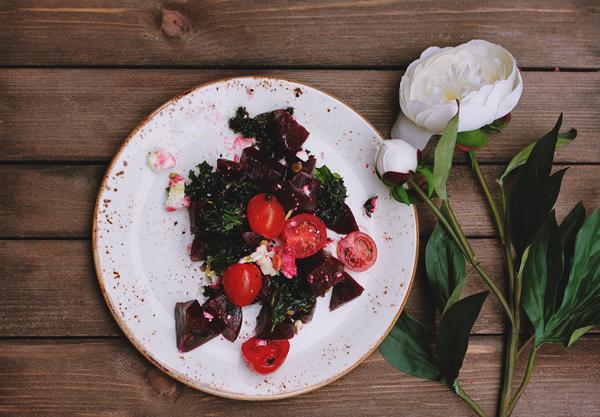
Mint is more than just a beauty garnish
It helps digestion and stimulates the digestive enzymes to sponge up nutrients from food and use the fat as energy. Adding mint to your beverages does make them extra pretty but really consuming your mint garnish is where the real health benefits lie.
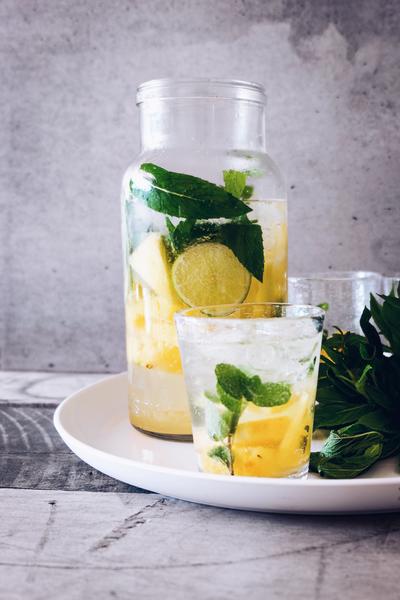
Kale for immunity and anti-cancer
Is that green food with anti-cancer potential and is jammed-packed with vitamin C to keep your immune system super healthy. If you can’t stand the taste or texture of kale, you’re not alone but it is really good for you and with repeated use you can adapt your palate. Where can I buy greens supplements that contain kale? Mind Herbal Blend
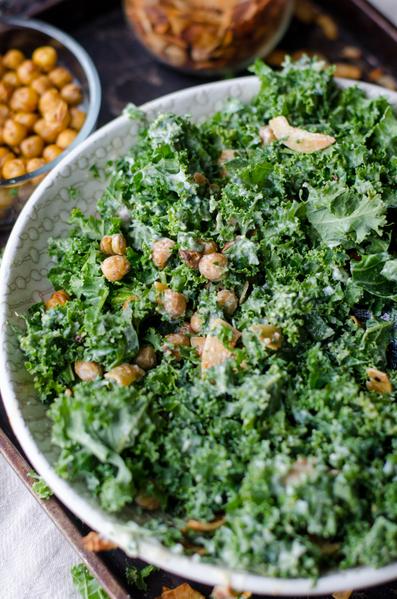
Parsley
More than just a garnish, it’s a superfood. Helps asthmatics and protects eyesight because it contains lutein and zeaxanthin. It is great for good circulation and heart health. Parsley is not only a garnish, but it can be used as a big part of a whole meal.
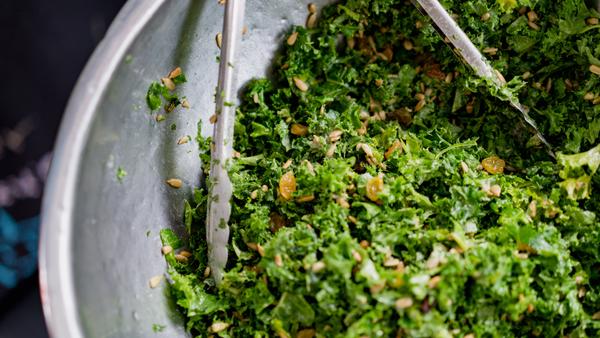
Dill is full of flavonoids and B complex vitamins
Prevents insomnia because of the essential oils that have flavonoids and vitamin B complex found in this herb. It induces a sedative and hypnotic feeling to put you in a deep sleep.
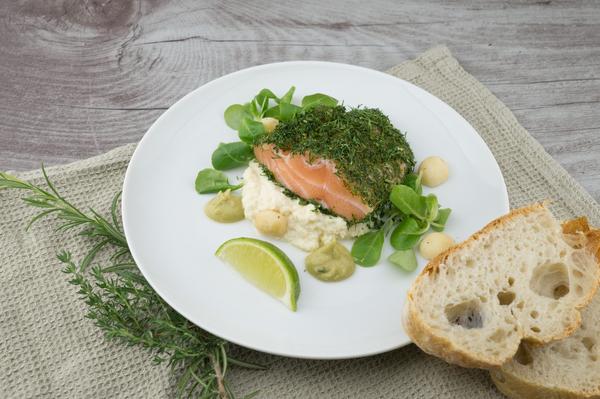
Fennel to repair your mind and muscles
The young shoots of fennel contain 9 essential amino acids to keep you healthy. Plant based Amino acids like those from spirulina are also the building blocks of protein and contribute to muscle synthesis, repairing damaged tissue after a strenuous workout or simply from daily active use.
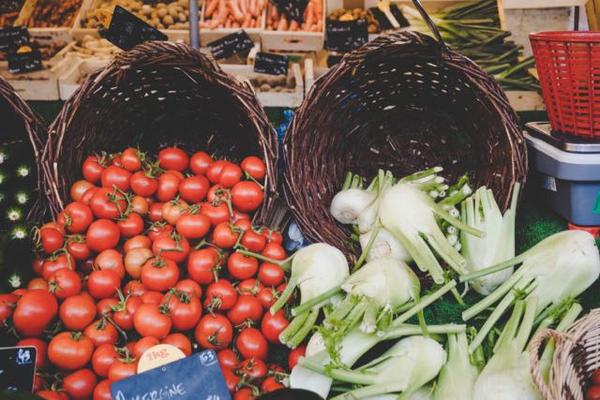
Health Advantages of Watercress
Watercress outshines many common fruits and vegetables. It has more vitamin C than oranges, more folate than bananas, more calcium than milk and more iron than spinach.
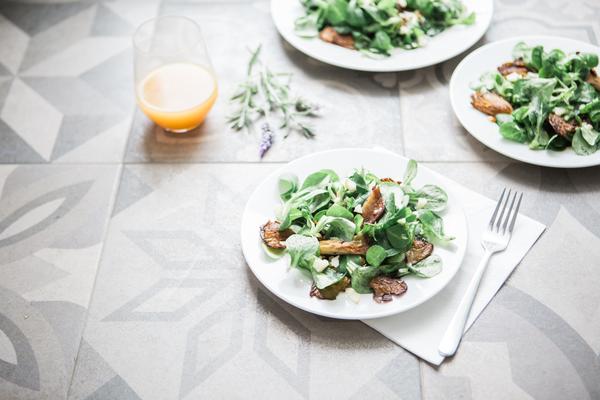
Red Cabbage to reduce LDL Cholesterol
These microgreens can reduce LDL cholesterol and may help you lower your weight by improving metabolism.
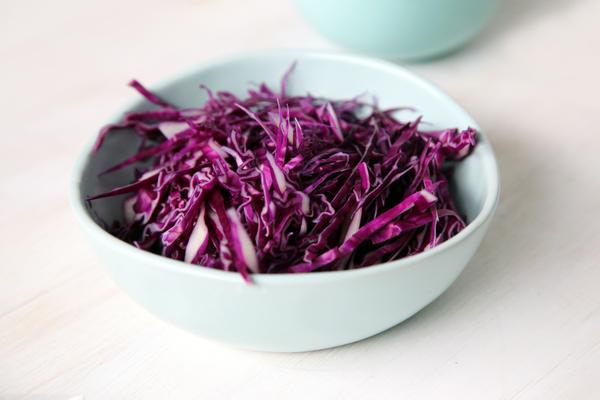
How to Get the Fastest Growing Microgreens
So, you want to get all the benefits of microgreens, but don’t know how to get started with the growing process. Take a deep breath and relax, because it’s straightforward and uncomplicated. You don’t need a lot of experience, fancy equipment nor tools.
- If space is limited and you are growing indoors, get a tray and spread about an inch of soil on it. If you are lucky enough to have outdoor space, clear an area you want to plant your microgreens.
- Take some microgreen seeds and scatter them evenly on top of the soil. Don’t worry about making space in between each seed, since they will be harvested before they are fully grown.
- Have some extra soil on standby to cover the seeds and fill a spray bottle to lightly shower the top of the soil with some H2O.
- Make sure to place your shallow tray near a window with natural light or underneath a grow light if you are doing this indoors.
- Remember to sprinkle water on the soil a few times per day to keep the soil hydrated.
- When your microgreens are at least one to three inches tall, you can cut them above the soil line and start eating!
- When you want to grow more, pull out the roots. Or else throw out the tray completely and start again.
Now That You Have Grown Your Micro-veggies, Here’s How to Eat Microgreens!
Okay, you have your mini vegetables, what are you going to do with them? Here are a few ideas to help you get started, which you can easily do at home. Here are ways of incorporating microgreens into your daily meals without any effort at all! Due to their size you can easily add them to any dish, like just on top of a soup as garnish, or an extra bit of leaves on your salad. Instead of eating an ordinary ham and cheese sandwich, fill it up with the nutrient goodness of microgreens.
If you don’t have the time to grow them, many supermarkets and farmer’s markets are selling microgreens. When you get your hands on microgreens, try to use them very quickly. They start to go off as soon as you harvest them. If you have a bunch of microgreens and don’t know what to do with them try out these fast and easy recipes:
Less Than Common Facts About Microgreens
Microgreens are a new trend that have hit restaurant menus, but they aren’t exactly a fresh element to the cuisine world. Microgreens were first introduced in San Francisco in the 1980s and only started to become popular to grow ten years later.
The 1990s is when many different kinds of microgreens where available, such as beets, kale, arugula and basil on a limited basis. Now that microgreens are a must have, many people who haven’t garden a day in their life and also farmers are getting in on the amazing taste and health advantages that microgreens can offer. So, it goes without saying, there’s something in those little leaves that keeps people wanting more!
Preventative Measures When Eating Microgreens
Generally speaking you can eat microgreens like a sheep on an Irish hilltop with no problems at all. However, issues might arise if you have an allergy to a specific vegetable or herb that the microgreens are derived from. Therefore, if you are allergic to a particular vegetable or herb, or start to notice an allergic reaction after eating, stop consuming the microgreens in question right away and seek medical advice from your doctor.
Those who have blood clotting problems and take Warfarin, or other types of blood thinning medications such as Eliquis or Pradaxa, should be careful. Many microgreens contain high levels of vitamin K, which could interfere with your medications.
All in all, you can’t go wrong with microgreens. You can grow them just about anywhere, you don’t have to be a botanist to figure out how they germinate, they have a concentrated and strong taste and awesome health benefits. You can use microgreens to garnish your dishes and wow your dinner guests, but you can also make them the star of the show to reap in extra health advantages. Not even their full-size counterparts can compete with all their enormity, even though their tiny leaves are so small! There limited size has not prevented microgreens from carrying extreme amounts of minerals, vitamins and polyphenols that improve heart health and reduce the risk of chronic diseases.
[ad_2]Source link
MAR
2019
